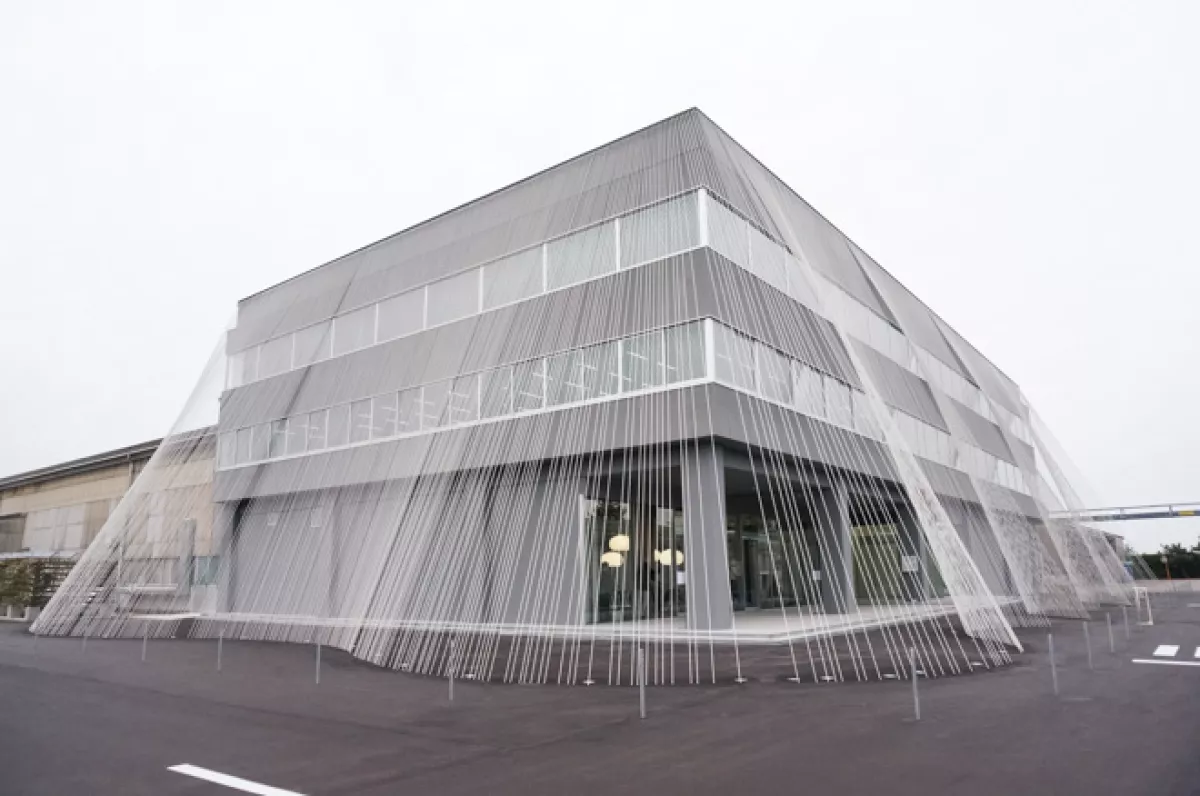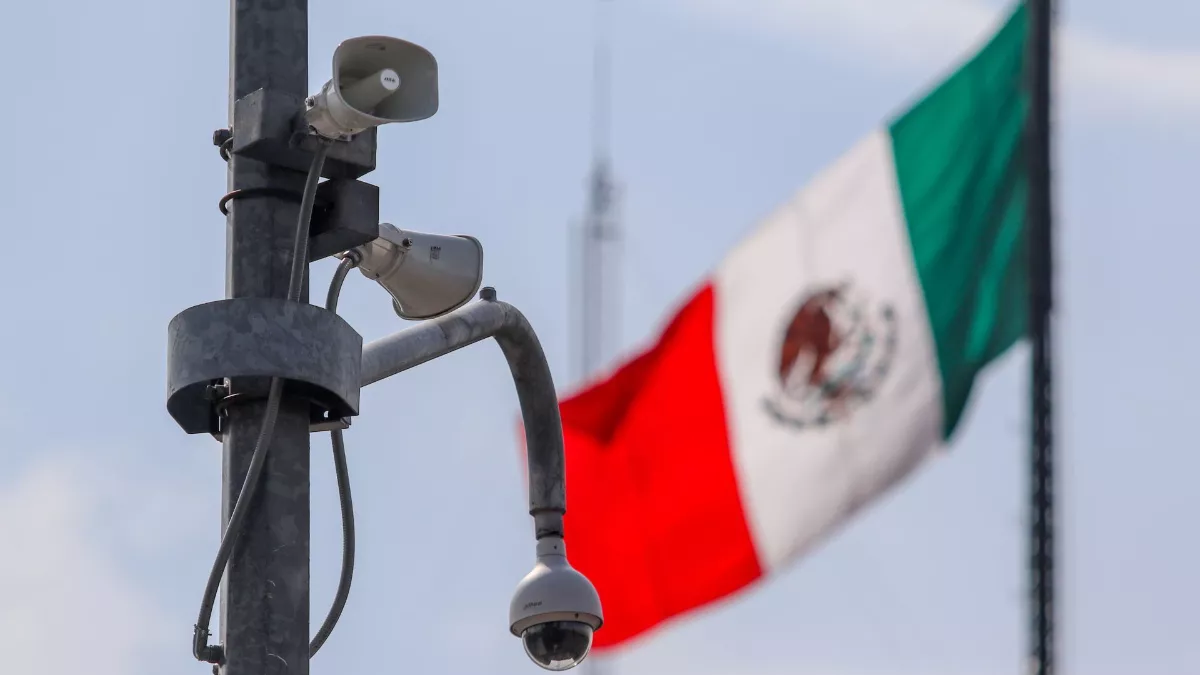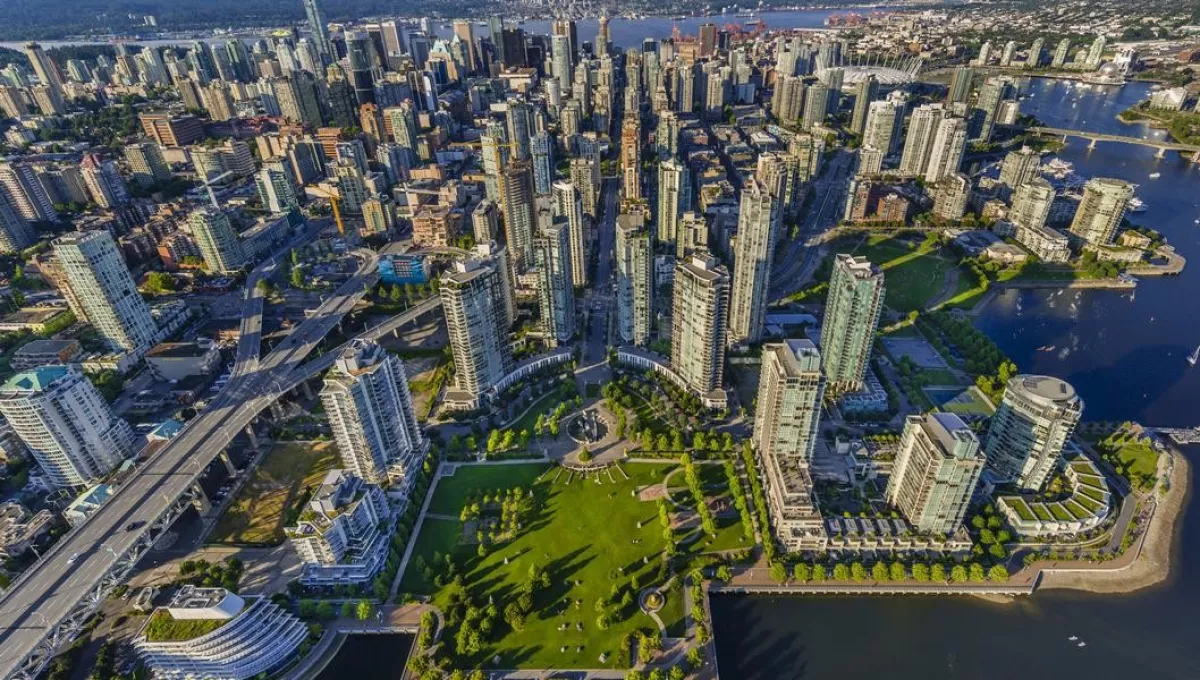Disaster management, innovative construction styles: Lessons from earthquake-prone countries PHOTO
A recent 6.2-magnitude earthquake rattled Istanbul, Türkiye’s largest city and a crucial crossroads between Europe and Asia. Home to nearly 16 million people and located near the highly active North Anatolian Fault, the city remains under constant seismic threat but was fortunate to have no fatalities reported in this latest event.
The Deutsche Welle highlights in their recent article smart policies and resilient infrastructure in place in four earthquake-prone countries that can offer valuable lessons on how to help protect lives long before disaster hits.
Japan: Engineering Resilience
Located on the Pacific Ring of Fire, Japan has turned vulnerability into strength through technology, architecture, and public readiness. Its Earthquake Early Warning system, in place since 2007, uses over 1,000 sensors to detect initial tremors and send alerts via phones, TV, and loudspeakers—giving critical seconds to react.

Urban resilience has grown alongside policy. After the 1923 Great Kanto Earthquake, building codes gradually strengthened. A major shift came in 1981 with stricter seismic standards. Key facilities now use seismic isolation systems that absorb quake energy rather than resist it. Preparedness is ingrained in daily life: drills start young, evacuation routes are clear, and Tokyo alone has over 240 official gathering sites.
Chile: A legacy of learning
Chile, also on the Pacific Ring of Fire, was transformed by the 1960 Valdivia quake—the strongest ever recorded. In its wake, the country adopted strict building codes and launched national risk strategies. These reforms proved effective in 2010, when the 8.8-magnitude Maule quake struck and modern buildings remained intact.
Chile’s disaster management evolved into a coordinated national effort. The SENAPRED agency leads risk reduction, while municipalities and schools play key roles in local preparedness. “No single solution fits all,” said SENAPRED director Alicia Cebrián López in 2024, emphasizing the need for adaptable, community-focused approaches.
Mexico: Warning through technology
The North American country's seismic past is marked by tragedy but also progress. After the devastating 1985 quake in Mexico City, which exposed deep systemic flaws, the country launched SASMEX, one of the world’s first public early warning systems, in 1991.

Coastal sensors now give inland cities up to a minute’s warning. When a 7.1-magnitude quake hit in 2017, improved buildings and emergency response helped prevent greater loss—showing how far the country has come.
Canada: Community-centred planning
On Canada’s west coast, cities like Vancouver face the threat of rare but severe earthquakes from the Cascadia Subduction Zone. Experts warn the region’s population will double by 2050, heightening the stakes.
Vancouver has responded by creating “Disaster Support Hubs”—parks, libraries, and community centers marked for emergency use. These spaces are equipped to provide shelter, supplies, and medical help. Rather than focusing solely on buildings, Canada’s approach strengthens community resilience, ensuring recovery efforts begin where people already gather.

By Nazrin Sadigova








